Introduction
Pepe the Frog and the arguably more controversial “Cult of Kek” has certainly found their way into our modern-day political discourse. However, beyond frivolous memes on the internet and petty exchanges on chats, Kek was rather venerated as a god in ancient Egyptian mythology.
In fact, Kek (or Kekui) was considered one of the ‘members’ of the very ancient Ogdoad – a group of eight primordial deities worshiped at Hermapolis during the Old Kingdom period (circa 2700–2200 BC). To that end, in this article, we will delve into the origins, aspects, and history of Kek (and Heqet) – the frog-headed deities of ancient Egypt.
Contents
Origins of the Primordial Dark Deity of Ancient Egypt
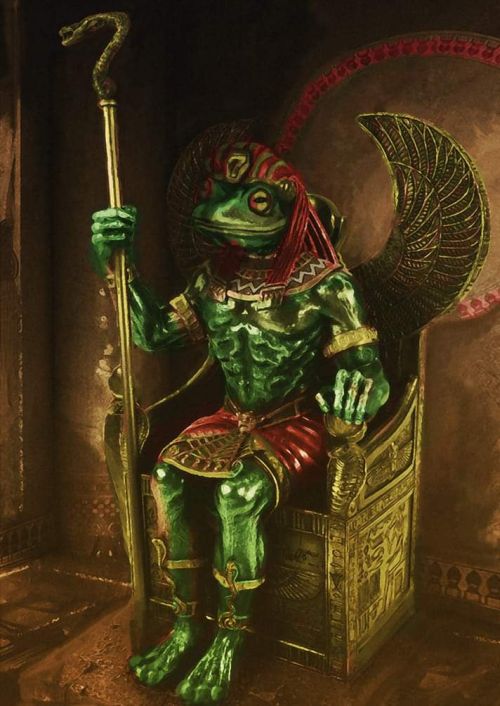
As mentioned before, in the myths of Ancient Egypt, the elaborate primordial space that existed before the creation of the earth is basically deified by eight entities (Ogdoad) – four pairs of males and females. For example, in our previous article about the Egyptian gods and goddesses, we talked about how Nun was perceived as the watery abyss that basically held the universe by which the sphere of life was borne.
This watery mass had enigmatic characteristics – with its depth embodying both nothingness and infinity. It also served as the source of all aspects of divine and earthly existence. Similarly, Kek was the personification of the primordial darkness that existed before creation. To that end, his name, often written as kkw (or kkw sm3w) is simply associated with the word ‘darkness’.
Consequently, Kek and his female counterpart Kauket were respectively represented as night and day. Interestingly enough, in the older depictions of these Egyptian gods, Kek was represented with a serpent head, while his female counterpart was portrayed with a frog head (or a cat’s head). However, by the later Greco-Roman period, Kek, as a male entity, became the deity with the head of a frog; while his feminine form had the serpent’s head.
Heqet – The Egyptian Frog Goddess
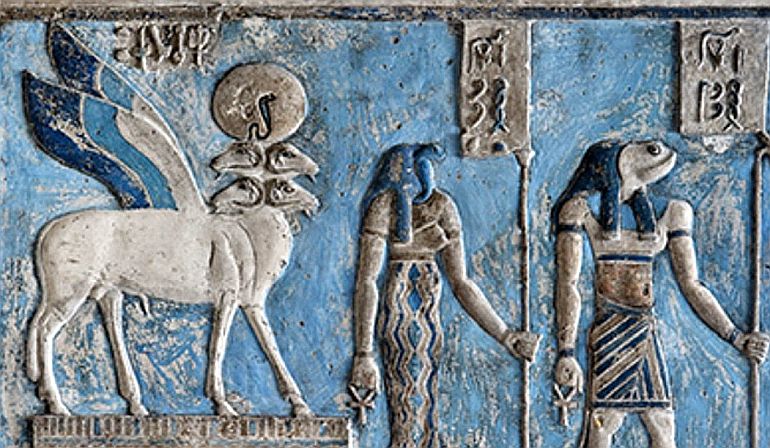
It should be noted that in spite of popular culture, the ‘connection’ of Kek to frogs is quite obscure, given the ambiguous nature of primordial gods in Egyptian mythology. However, there is indeed a definitive Egyptian frog deity in the form of Goddess Heqet. To that end, Heqet (hqt) was venerated as an important deity of fertility. Consequently, she was also worshiped as a goddess of childbirth and new life.
Quite intriguingly, ancient Egyptians associated frogs with reproduction and abundance. In that regard, Heqet was often depicted as a frog-headed goddess or even just a frog. The latter scope can be discerned from early frog statuettes dating from the Early Dynastic period, circa 3100 – 2950 BC.
Now, this association of frogs to abundance or fruitfulness possibly comes from the yearly cycles of flooding of the Nile. When the water levels increased each year, a multitude of frogs appeared and thrived in the muddy fields left by the receding water. Thus the appearance of frogs was often equated to the fertility provided by the Nile – the very lifeline of Egypt.
The Myths of the Motherly Egyptian Goddess
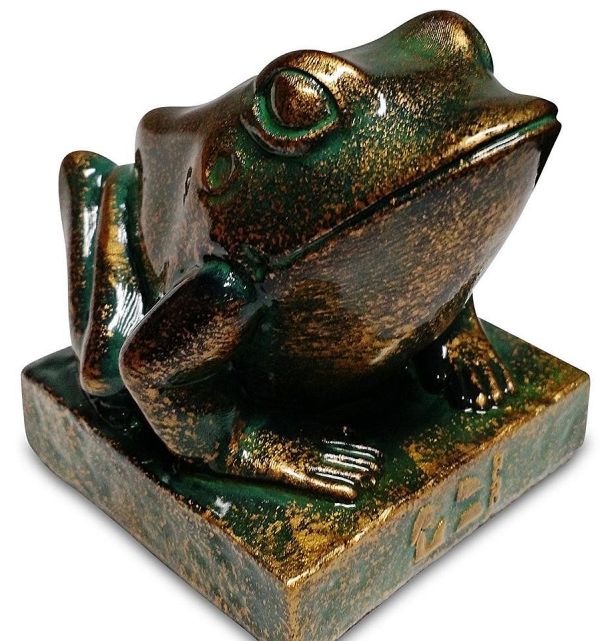
Given her association with fertility, in some legends, Heqet was considered the wife of Khnum, the Egyptian god of procreation. One ancient tradition maintains how Khnum created each person on his potter’s wheel while Heqet breathed life into them before placing them inside the mother’s womb.
In particular myth – ‘The Birth of the Royal Children’, Heqet, along with goddesses Isis and Meskhenet aided the royal mother Ruddedet with her child delivery. The triple goddesses disguised themselves as dancing girls to keep Ruddedet happy inside the birthing chamber. Then Heqet quickened the delivery of three triplets – who went on to become three Pharaohs of the Fifth Dynasty. She was thus given the epithet of ‘She Who Hastens the Birth’.
Consequently, in ancient Egyptian traditions, Heqet, as a fertility goddess, was the patron of pregnant women – so much so that Egyptian women wore amulets shaped like frogs that honored the deity. Some rulers also adopted her names as their own – like in the case of Nisu Heqet, a Second Dynasty prince, from circa 28th century BC.
By the time of the Middle Kingdom, ivory wands dedicated to Heqet were used as throwing sticks in rituals to ward off the user from dark forces (or dangerous times). Additionally, a temple dedicated to Haroeris (Horus) and Heqet had been found at Qus, dating from the Greek Ptolemaic Period.
And some conjectures have also put forth the notion that Hecate, the ancient Greek goddess of witchcraft and spells may have been inspired by Heqet since the Egyptian root heqa possibly meant ‘scepter’ or ‘magic’.
Interestingly enough, as the deity of ‘new life’, Heqet’s role also gained importance in the Osiris myth and resurrection. The latter aspect even made its way to the Christian Era of Egypt. For example, some Heqet-inspired amulets in Coptic Egypt had the phrase “I am the Resurrection” along with the crucifix and lamb symbolism.
Conclusion – The Modern Meme
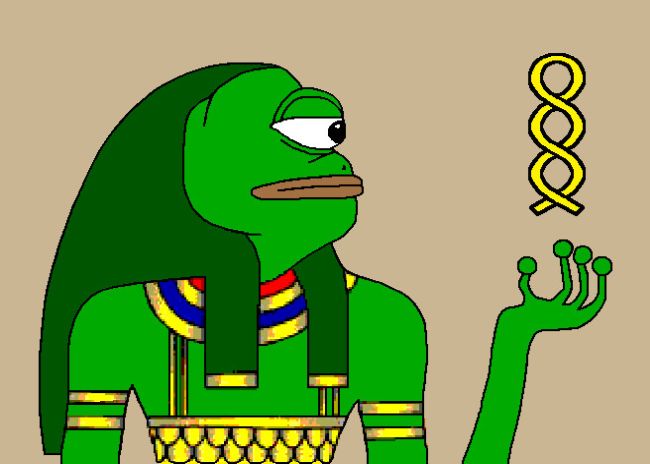
Now, in spite of Heqet’s definitive connection to frogs, the modern memes of frogs in chats are more of ‘adulterated’ symbols of Kek (as opposed to simply the goddess) and Pepe the Frog (from a comic written in 2005). The reason behind this is related to phonetics rather than history.
In that regard, the sound of ‘Kek’ is similar to the Korean phonetical expression (or imitation) of laughter “kekeke”/”ㅋㅋㅋ”, used like ‘lol’. The Blizzard developers of World of Warcraft gave a quirky nod to this similarity, by coding in ‘lol’ as ‘kek’ in the chat function of opposition players.
Finally, users of the 4chan message board noticed the similarities between this phonetic chat word and Kek – the ancient Egyptian frog god. Soon after, this Kek figure was leniently conflated with Pepe the Frog, an anthropomorphic frog-headed character from a 2005 comic called Boy’s Club written by Matt Furie.
And thus the modern meme was born, wherein the frog-headed Kek is casually represented as the ‘God of Memes’. Unfortunately, after 2015, the seemingly innocuous meme was often appropriated by controversial political elements in the United States. However, the Kek (or Pepe) meme also found its place in political activities from other parts of the world, including the 2019–2020 Hong Kong protests.
Online Sources: Ancient Egypt Online (link) / The Conversation (link) / Tour Egypt (link)
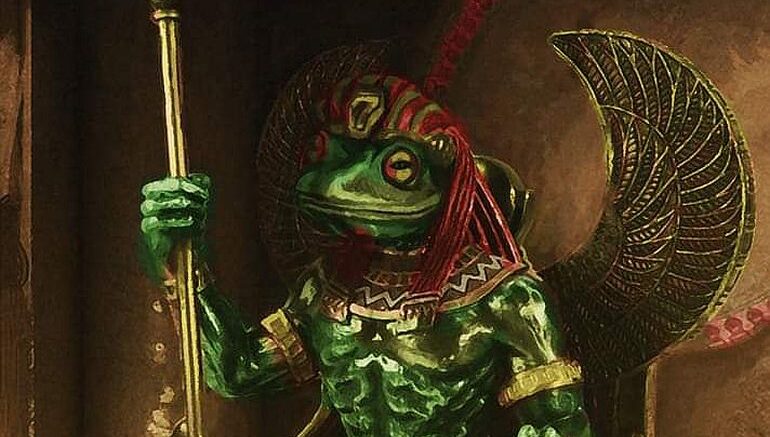

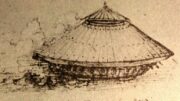

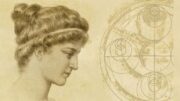
Be the first to comment on "Kek and Heqet: Egyptian Frog Gods Who Inspired A Modern Meme"